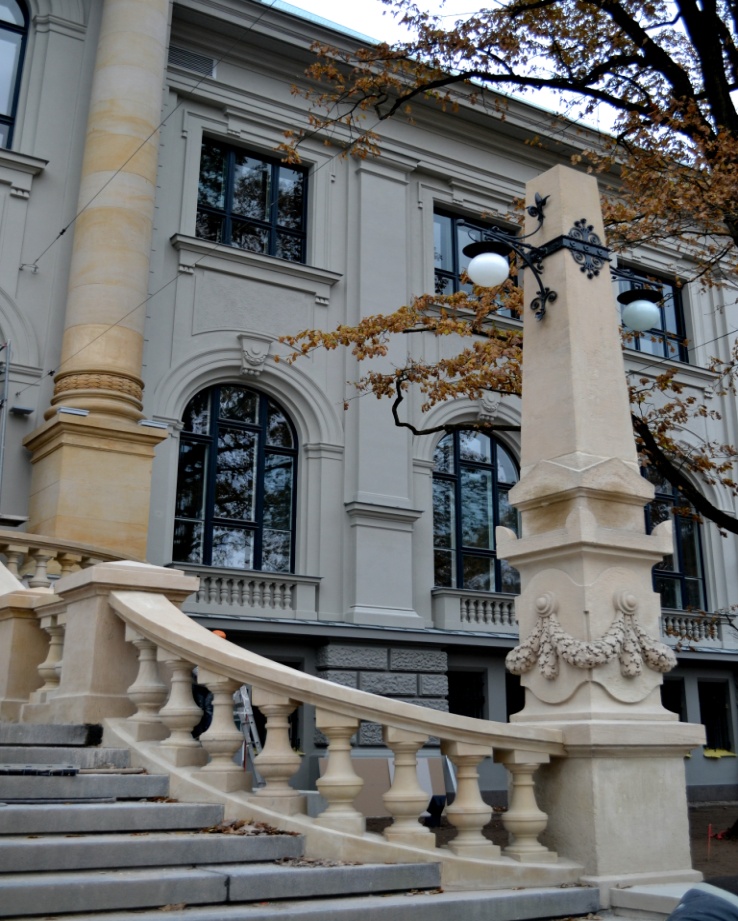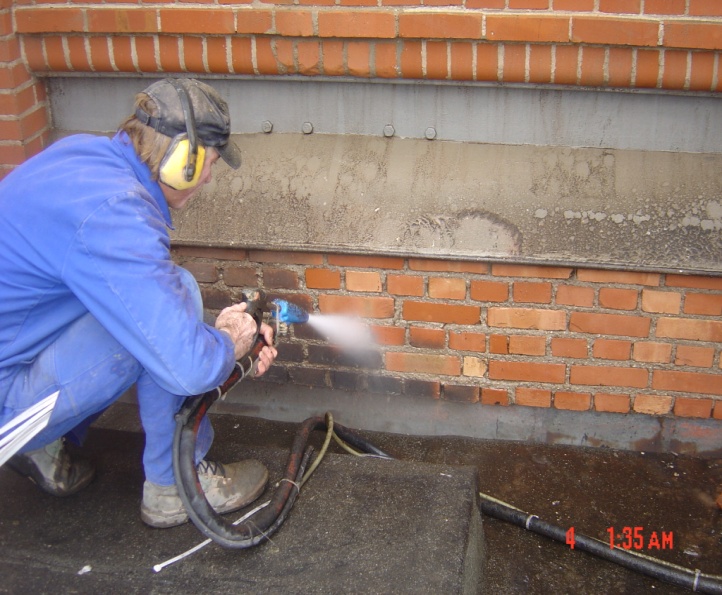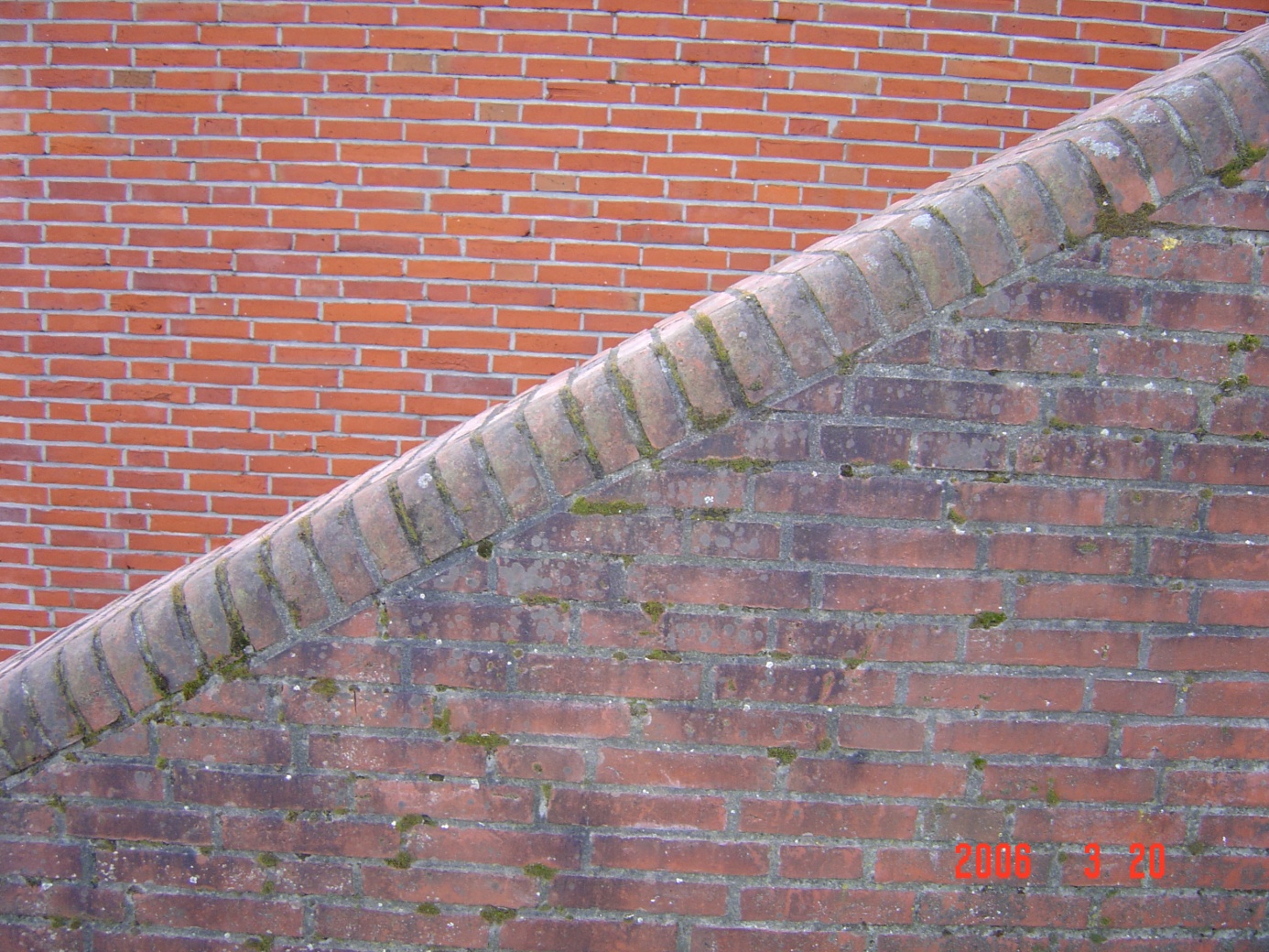JOS-SERVICE
The list of references for historical buildings that have been cleaned with the JOS-procedure is long and very exclusive. It includes the Vatican, Milan Cathedral, Westminster Abbey, the Louvre, the Kremlin, Buckingham Palace, Neuschwanstein or the Reichstag.
The cleaning of contaminated surfaces without loss of substance is a tremendous challenge. A great deal of competence is required in order to get to grips with the spectrum of airborne contaminants, encrustations, lichens, algae, mosses, efflorescence or even paint.
Not every procedure is suitable for a range of surfaces; the desired success is not always achieved.
Especially with culturally historic buildings, a gentle cleaning is essential so that the often already severely degraded stone structure is not damaged further. When cleaning such surfaces, only the layer of dirt must be removed. The underlying substrate must be preserved without substance loss.
This is why many Federal and State Ministries, at home and abroad, as well as respected architects and planners, recommend the JOS-procedure in their tenders for cleaning publically held items. The Italian government even prescribes the JOS-procedure for all culturally significant monuments as it is extremely gentle and very environmentally friendly.




As part of our network of partners, we also offer you the following services in addition to the JOScleaning work:
- High pressure cleaning
With robust surfaces, e.g. visible concrete facades, high-pressure cleaning can be done effectively even without chemicals. High-pressure cleaners work at pressures between 800 and 2500 bar.
- Hot water cleaning
High-pressure cleaning with cold water seldom gives satisfactory results. With heavily contaminated facades, the dirt layers resist removal. An assuredly better method is a facade cleaning with the hot water high-pressure cleaning. However, here the level of contamination and type can limit the chances of success. This method is most commonly used for cleaning of a foundation substrate before a new coating, so that an optimal result is achieved without contamination under the new coat causing premature lifting of the paint.
- Steam Cleaning
This innovative technology is based on using steam up to a guaranteed temperature of 120°C. Steam cleaning achieves an excellent cleaning efficiency. At high temperatures, substances are softened and loosene; the method can be used for the most extreme cleaning challenges.
- Graffiti removal
We tackle the nuisance of these defacements with our mobile JOS-units and remove them rapidly and thoroughly from practically all surfaces by using the Jos-low pressure procedure. Of course, we can also offer a chemical solution for the removal of graffiti.
- Anti-graffiti coating
Protection against graffiti can be included in the treatment of mineral based construction materials such as limestone, tiles, natural stone, render and concrete in walls as well as with sculptures, monuments and stove enameled metal surfaces. The entire surface has be cleaned before treatment with anti-graffiti coating. (Not applicable for floors and coated walls.)
- Hydrophobization
Unprotected mineralbased construction materials - such as masonry, brickwork, mortar and cement render - avidly absorb rain and the damaging acidic compounds dissolved within.
This does not just impair the heat insulation of exterior walls; the acid rain simultaneously damages the substance itself. In order to maintain the character of brick and tiled facades or mineral based surfaces to preserve and maintain the water vapour diffusion as far as possible, one can also treat building surfaces that are exposed to the elements by impregnation with water repellent materials. This procedure is known to the expert as hydrophobization.
- Pigeon defence
A single pigeon is not a problem, however, en-masse they become a significant cost factor for the owners and maintainers of buildings, as well as being carriers of disease. The consequences are infections and allergic reactions (especially in children).
- Restoration after a fire
Cleaning projects after a fire are renowned for being difficult and occasionally dangerous. The JOS-procedure has proved itself over the years as one of the best cleaning methods with fire damage.
- Sump constructions and wastewater disposal
Environmentally damaging materials such as lead, cadmium, asbestos, zinc, nickel and hydrocarbons are washed off during the cleaning of facades in addition to the usual dirt. Under no circumstances must these be allowed to soak into the ground or seep into regular drainage systems where they can cause damage. The solution here is the construction of a waste-water basin and filtration of the water via a mobile treatment unit or a multichamber.




 4800 qm JOS® Reinigung & Imprägnierung von Kaimauern
4800 qm JOS® Reinigung & Imprägnierung von Kaimauern